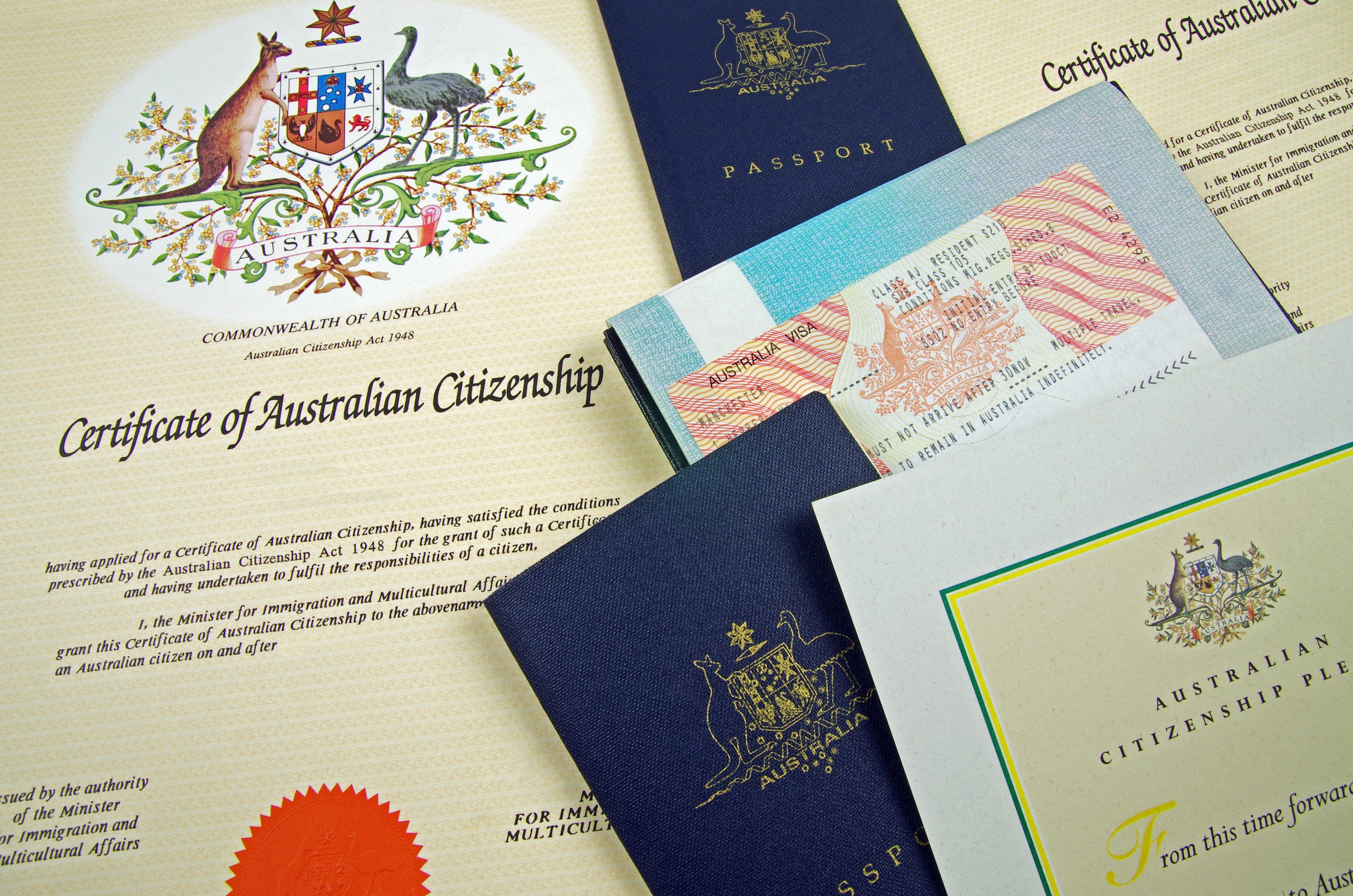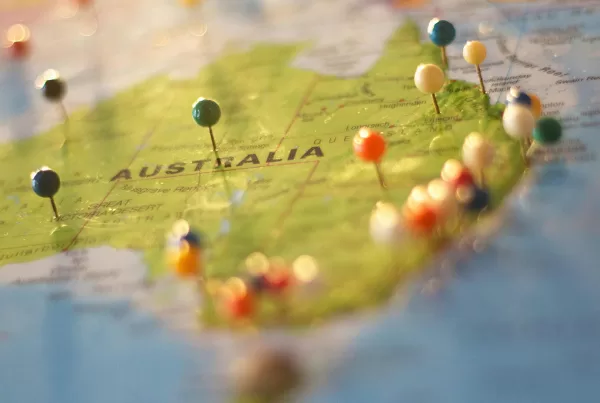2019 was another year in Australia Migration Law that saw many changes. We compiled the 10 most important ones for you below:
1 – There were more DAMAs signed
Along with the Northern Territory, other states and regions have entered into Designated Area Migration Agreements (DAMAs) with the Department of Home Affairs in order to fill specific gaps due to skills shortages.
We saw the whole state of South Australia entering into an agreement as well as the Kalgoorlie Boulder region of WA, Orana in NSW, Far North Queensland and the Great South Coast of Victoria, in the Warrnambool City Council.
In practice, this means that employers in these areas can sponsor workers on a Subclass 482 TSS Sponsorship Visa with several concessions, and visa holders could obtain a permanent residency visa after 3 years even if their occupations are not in demand.
2 – Extra occupations added to the MLTSSL
39 new occupations have been added to the Medium and Long Term Skilled Occupation List (MLTSSL) in March 2019, such as Dancer or Choreographer, Economist, Footballer, Marine Biologist, Multimedia Specialist, Tennis Coach, Horse Trainer, Microbiologist, Biochemist and many others.
3 – New temporary sponsored parent visa introduced
Australian citizens and permanent residents are now able to bring their parents from overseas to Australia for a period of three or five years under the new Subclass 870 Temporary Sponsored Parent Visa. This new visa came into effect on the 1st July 2019.
4 – Regional Areas extended to include Gold Coast and Perth
This was a big one!
For the purposes of claiming extra points for study, and for the new regional visas there is a simplified new definition of “regional”, which now means “all of Australia”, except:
- Sydney
- Melbourne
- Brisbane
This means that the Gold Coast, Perth, Newcastle and Wollongong have all become “regional areas” for visa purposes.
5 – Two new regional visas introduced on the 16th November 2019
This was the biggest change of 2019. These 2 new visas have opened more options to applicants and have replaced two long standing and important visas:
- Skilled Work Regional (Provisional) – Subclass 491, replacing the Subclass 489 Skilled Provisional Regional Visa;
- Skilled Employer Sponsored Regional (Provisional) –Subclass 494, replacing the RSMS Subclass 187 Permanent Visa.
6 – Changes to the Points Test for Skilled Visas
There have been changes to the points tests, which apply to the Skilled Permanent Independent Visa Subclass 189, the Skilled Permanent State Nominated Visa Subclass 190 and now the temporary new Subclass 491 Skilled Work Regional Visa.
In sum, the main changes were:
- State nomination points for the 491 visas went up from 10 to 15 points;
- Masters Degree by research or Doctorate in Australia will now give 10 extra points if conducted for at least 2 years in a relevant STEM field instead of only 5 points previously;
- Skilled Partners will now add 10 points, up from 5 (skills assessment + Competent English);
- Partners with Competent English only will add 5 points, when before this wasn’t possible;
- Single applicants and applicants with Australian resident or citizen partners can claim 10 points.
7 – Changes for Child Care
The Skills Assessment Authority for Child Care Centre Manager and Child Care Worker changed (all of a sudden). The assessing authority used to be TRA (Trades Recognition Australia) and now it is the ACECQA (Australian Children’s Education & Care Quality Authority)
9 – The Global Talent Independent Program was announced in November 2019
This offers the chance for highly skilled and talented individuals to apply for a permanent visa under the Distinguished Talent Visa Subclass. Australia is particularly seeking stars in the fields of Agricultural Technology, Space and Advanced Manufacturing, Financial Technology, Energy and Mining Technology, Medical Technology, Cyber Security, Quantum Information, Advanced Digital, Data Science and IT
10 – Greece became part of the Work and Holiday Visa category
Greek citizens under 30 years of age can apply for the Subclass 462 Work and Holiday Visa.
You can find more about all these changes and regulations on our Blog.
Please contact us if you have a job offer, an Australian partner or if you intend to apply for permanent residency through the points test. In some cases you might even qualify for a free assessment with us!



